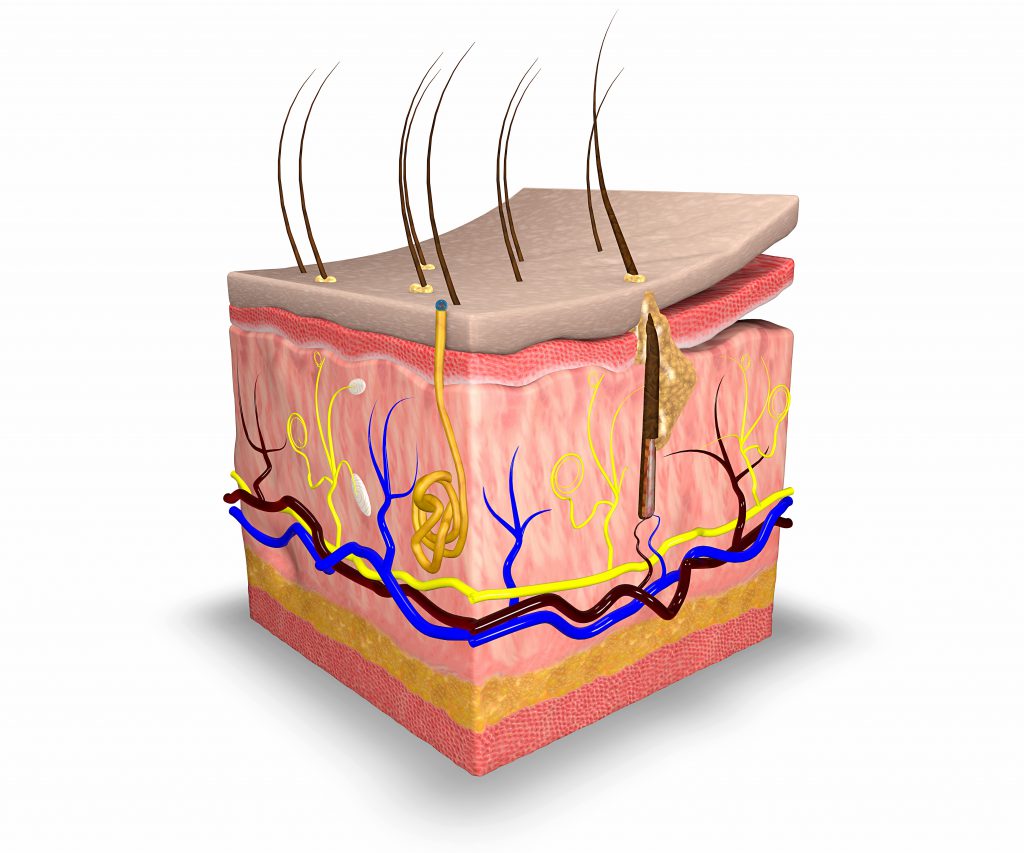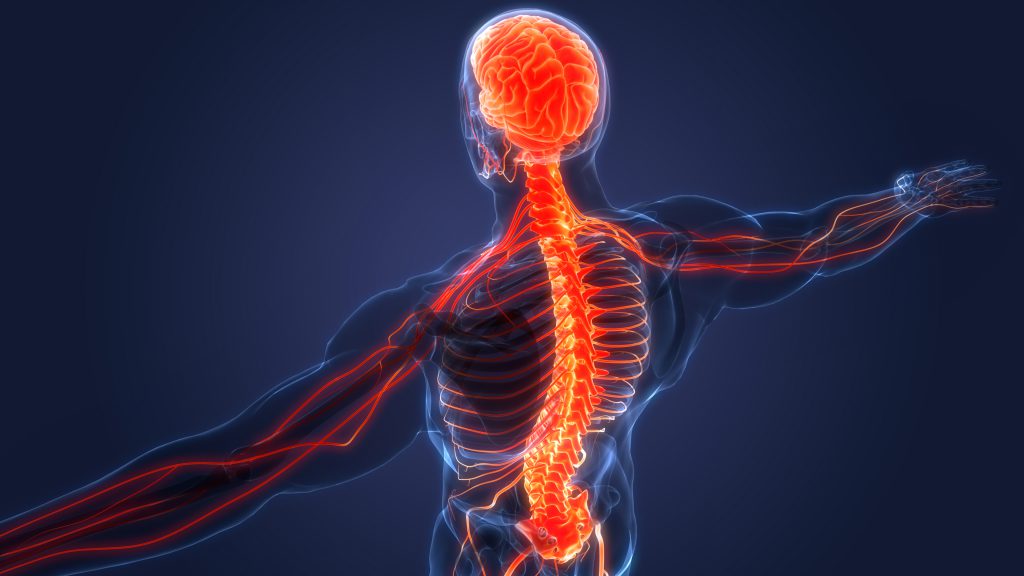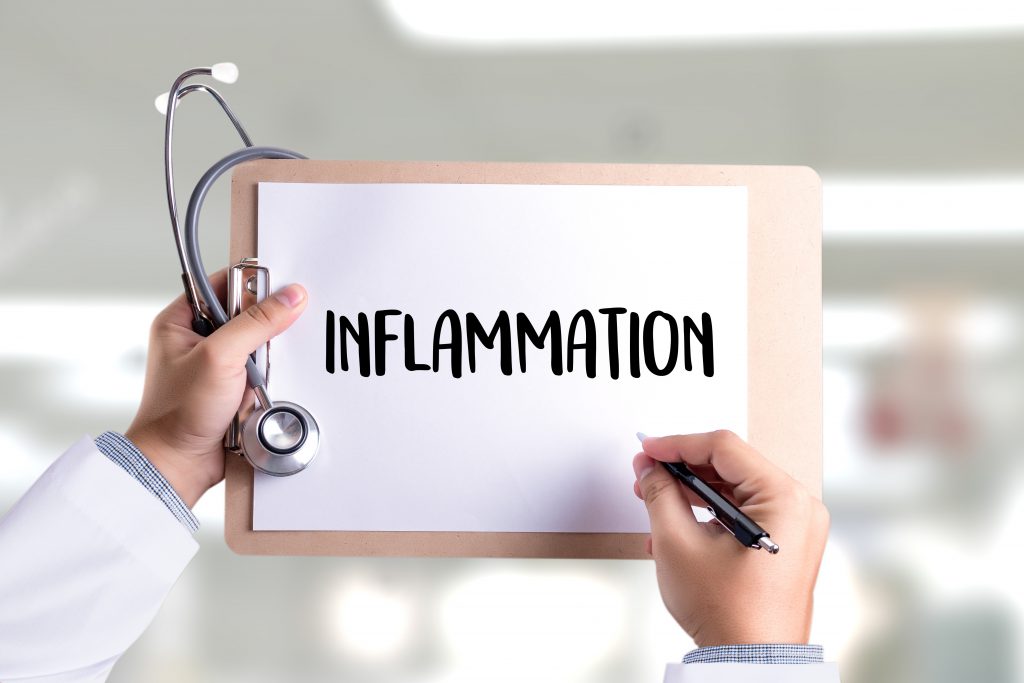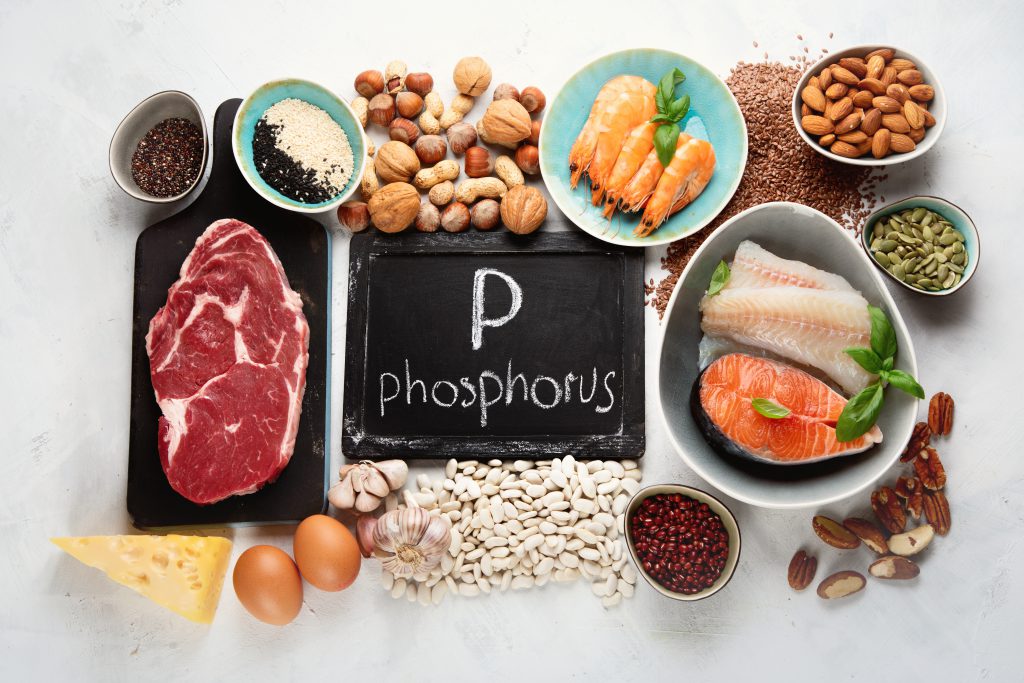An introduction to the integumentary system

This is the fourth blog in a new series that introduces the major systems in the human body. In this blog, we’ll cover the integumentary system. The integumentary system consists of skin, nails, hair, and glands (organs that secrete things). It serves as the first line of defence against invading pathogens (toxins). Skin is the […]
An introduction to the immune system

This is the third blog in a new series that introduces the major systems in the human body. In this blog, we’ll cover the immune system. The immune system consists of innate defences and adaptive defences. Innate defences are nonspecific and involve surface barriers and internal defences. Adaptive defences are specific to a particular antigen […]
An introduction to the cardiovascular system

This is the second blog in a new series that introduces the major systems in the human body. In this blog, we’ll cover the cardiovascular system. The cardiovascular system consists of the heart and blood vessels. It transports oxygen and nutrients to the body’s organs so they can function. The heart is a muscular pump […]
An introduction to the nervous system

This is the first blog in a new series that introduces the major systems in the human body. In this blog, we’ll cover the nervous system. The central nervous system (CNS) and peripheral nervous system (PNS) make up the nervous system. The CNS includes the brain and spinal cord while the PNS includes the cranial, […]
An overview of inflammation

Inflammation is a response of vascularized tissues (contain vessels) that delivers leukocytes (white blood cells) and molecules of host defense from the circulation to the sites of infection and cell damage in order to eliminate the offending agents. It can be classified as acute or chronic depending on how long it lasts. Pain or tenderness, […]
How hormone production changes with age

Hormones are chemical products that are transported by the blood or body fluids. They have a specific regulatory effect on cells remote from their origin. Peptide (protein) hormones require intracellular secondary messengers to evoke a physiological response. On the other hand, steroid hormones bind to receptors in the nucleus, affecting gene transcription. With age, there […]
An overview of stress

Stress is the psychological and physiological response to an event that one perceives as a threat or challenge. It can affect sensory perception, metabolism, mobility, emotional regulation, cognition, immunity, oxygenation, and perfusion. The perception or anticipation of a threat activates 3 major physiological systems: the hypothalamic-pituitary-adrenal (HPA) axis, the sympathetic nervous system, and the immune […]
Tips to keep your kidneys healthy

The kidneys are bean-shaped organs that lie on the posterior aspect of the abdominal cavity. They function to clear waste products of metabolism and regulate the concentrations of many constituents of body fluids. In functional units of the kidney called nephrons, blood undergoes ultrafiltration and reabsorption. Below is a list of 5 tips to keep […]
The difference between PSWs, RPNs, and RNs

Today is National Caregiver Day, which is a special day to honour and recognize the dedication and hard work of caregivers who provide support to various people. There are thousands of acronyms in the healthcare industry. You may have heard of some of the more common ones such as PSW, RPN, and RN when in […]
The importance of phosphorus for seniors

Phosphorus is the second most abundant mineral in the body behind calcium. It is found naturally in many foods and is available as a supplement. Since it is highly reactive, it is not found as a free element on Earth. The main function of phosphorus is bone and teeth formation. Approximately 85% of the body’s […]

